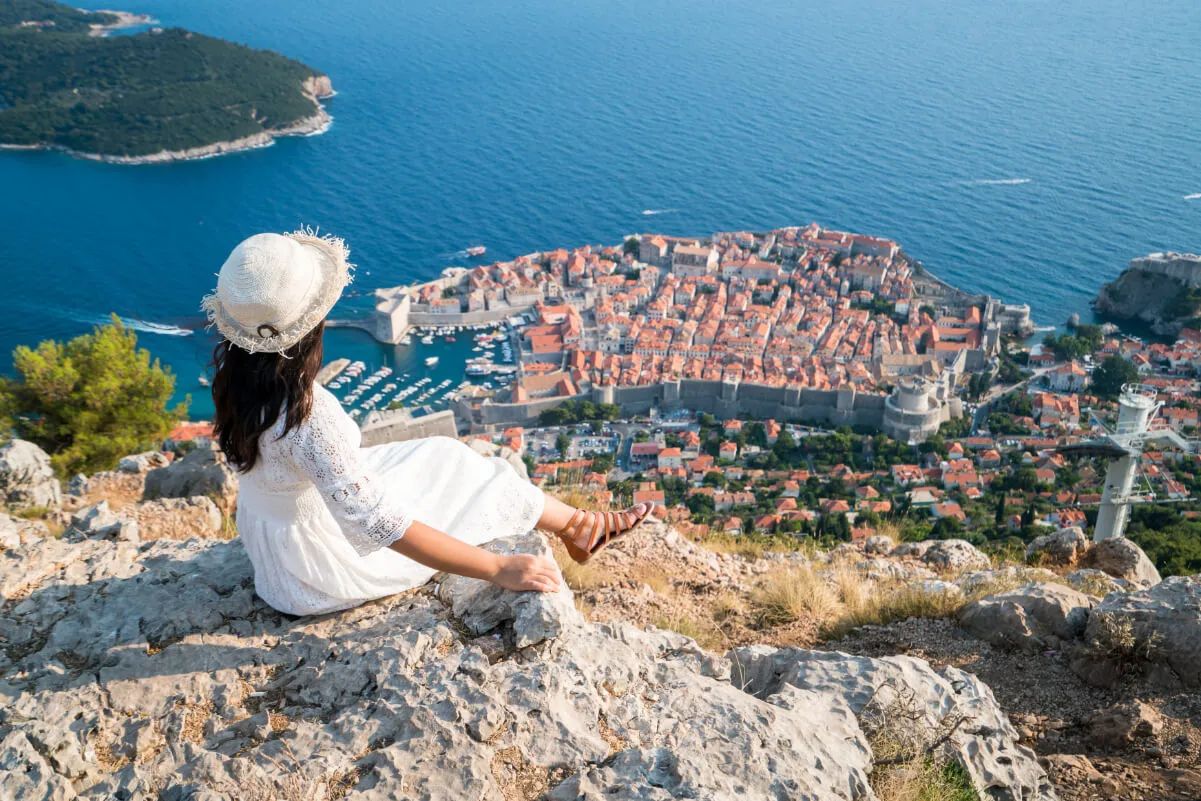
Gulet cruise Croatia facts that might knock your socks off
We at goolets.net/ have a mission to bring the most info to the table when it comes to booking your perfect Gulet cruise. This also includes educating you a little bit about the destination of your Gulet cruise. Here are some amazing Gulet cruise Croatia facts that might knock your socks off.
Click for more info about Gulet cruise Croatia.

Fact No.1
The dalmatian dog got it”s name after the Dalmatian coast located in Croatia.
“The Dalmatian (Croatian: Dalmatinski pas, Dalmatiner) is a breed of dog whose roots trace back to Croatia (and its historical region of Dalmatia), where the first illustrations of the dog have been found.[1] The Dalmatian is noted for its unique black or liver spotted coat and was mainly used as a carriage dog in its early days. Today, this dog remains a well-loved family pet, and many dog enthusiasts enter their pets into the competitions of many kennel clubs.” (source: Wikipedia)
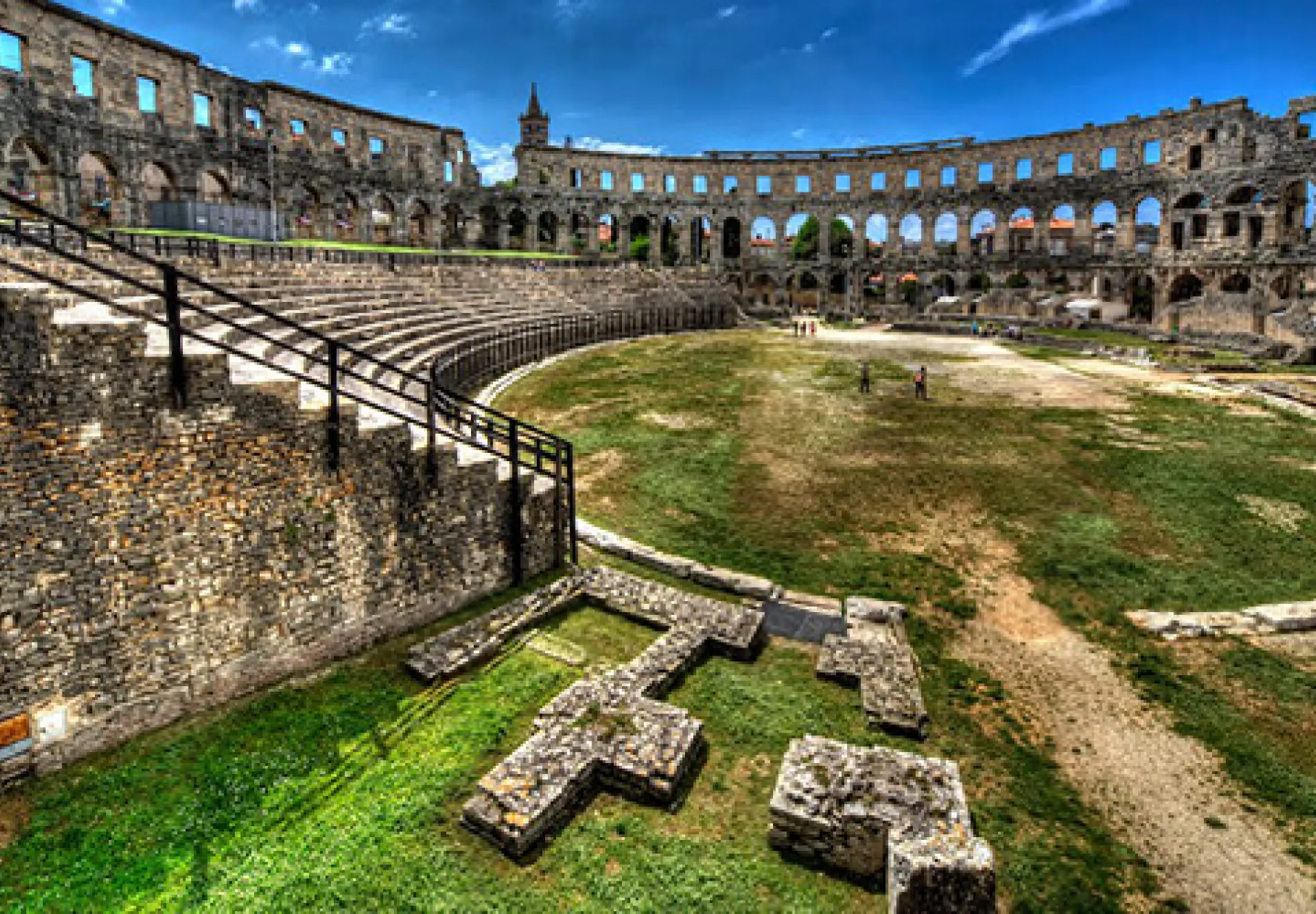
Fact No.2
Croatia has the best preserved amphitheatre. A magnificent sight to see. Today it is used for concerts, and sporting events. Definitely worth visiting when in the area.
It is one of the very few preserved amphitheatres in the world:
“It is the only remaining Roman amphitheatre to have four side towers and with all three Roman architectural orders entirely preserved. It was constructed in 27 BC-68 AD and is among the six largest surviving Roman arenas in the World. A rare example among the 200 Roman surviving amphitheatres, it is also the best preserved ancient monument in Croatia.” (source:Wikipedia )

Fact No.3
The only ancient linen book can be found in the Archeological Museum of Zagreb, the capital city of Croatia. It contains the longest known text written in the Etruscan language.
“The Etruscan language is known from three sources:
- a small number of ancient glosses and comments in classical writings;
- thousands of (mostly) short texts written on a variety of durable materials (stone, pottery, etc.);
- one ‘book’, the Liber Linteus. This book, the longest single Etruscan text to come down to us, was written on a sheet of linen which was at some point shredded and used in Egypt to wrap the mummy of a wealthy woman who had died sometime in her forties. Around 1849, Mihael de Barić bought the mummy and brought it to Zagreb where it has resided ever since; hence the text is known as the Liberlinteus, the Linen Book of Zagreb, the Zagreb Mummym Text, etc. In scholarly literature it is usually noted simply as LL.” (Miles Beckwith, “Review of L.B. van der Meer, Liber Linteus Zagrabiensis”, 2009) The linen book was used as wrappings of the Egyptianmummy Nesi-Hensu, wife of Aher-Hensu, a tailor from Thebes.
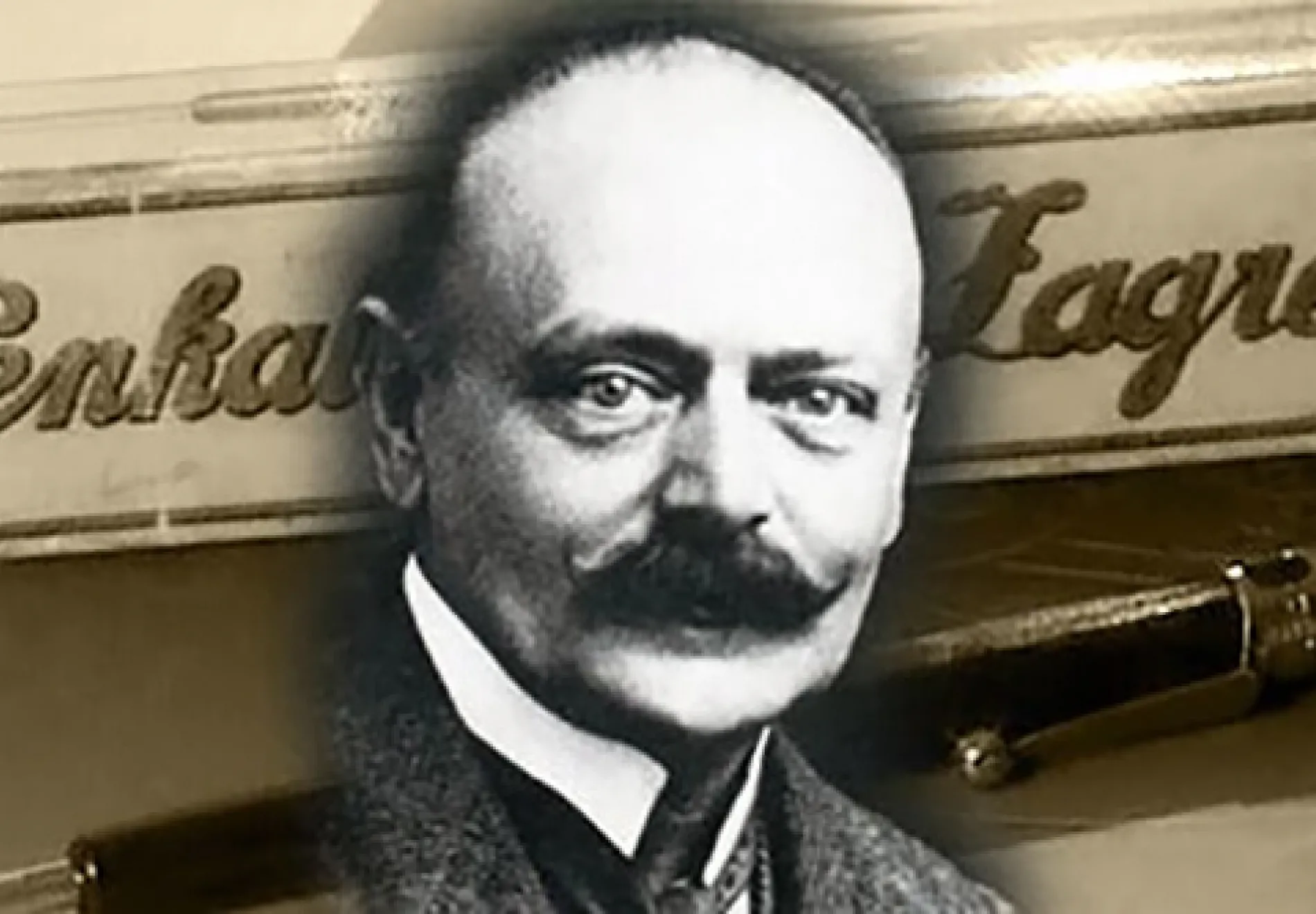
Fact No.4
The first solid ink fountain pen was invented by Slavoljub Eduard Penkala, a naturalized Croat. He is also accredited to making the first rubber hot bottle the “Termofor”.
“He became renowned for further development of the mechanical pencil (1906) then called an “automatic pencil” and the first solid-ink fountain pen (1907).Collaborating with an entrepreneur by the name of Edmund Moster, he started the Penkala-Moster Company and built a pen-and-pencil factory that was one of the biggest in the world at the time. This company, now called TOZ Penkala, still exists today“ (source: Wikipedia)

Fact No.5
The famous inventor Nikola Tesla, was born in Croatia. He was born in Smiljan to Serbian parents. He is known for discovering AC current, inventing the AC induction motor, as well as discovering several phenomena such as X-ray and wireless communication, to name a few. Recently he is being mentioned a lot because of his work on wireless charging. It”s fast becoming the new high-end functionality of electronic devices.
He was also a scientist, who was the most overlooked, when compared to the contributions he made to the way we live today. He was virtually unknown outside the scientific community except in former Yugoslavia, where he was celebrated as one of the brightest minds to ever live. He even appeared on a Yugoslav bank note. He was also depicted on Serbian bank notes after the dissolution of Yugoslavia.
Gradually he became known outside his “fanbase” and is quite well known today:
“In 1960, in honor of Tesla, the General Conference on Weights and Measures for the International System of Units dedicated the term “tesla” to the SI unit measure for magnetic field strength.” (Source: Wikipedia)
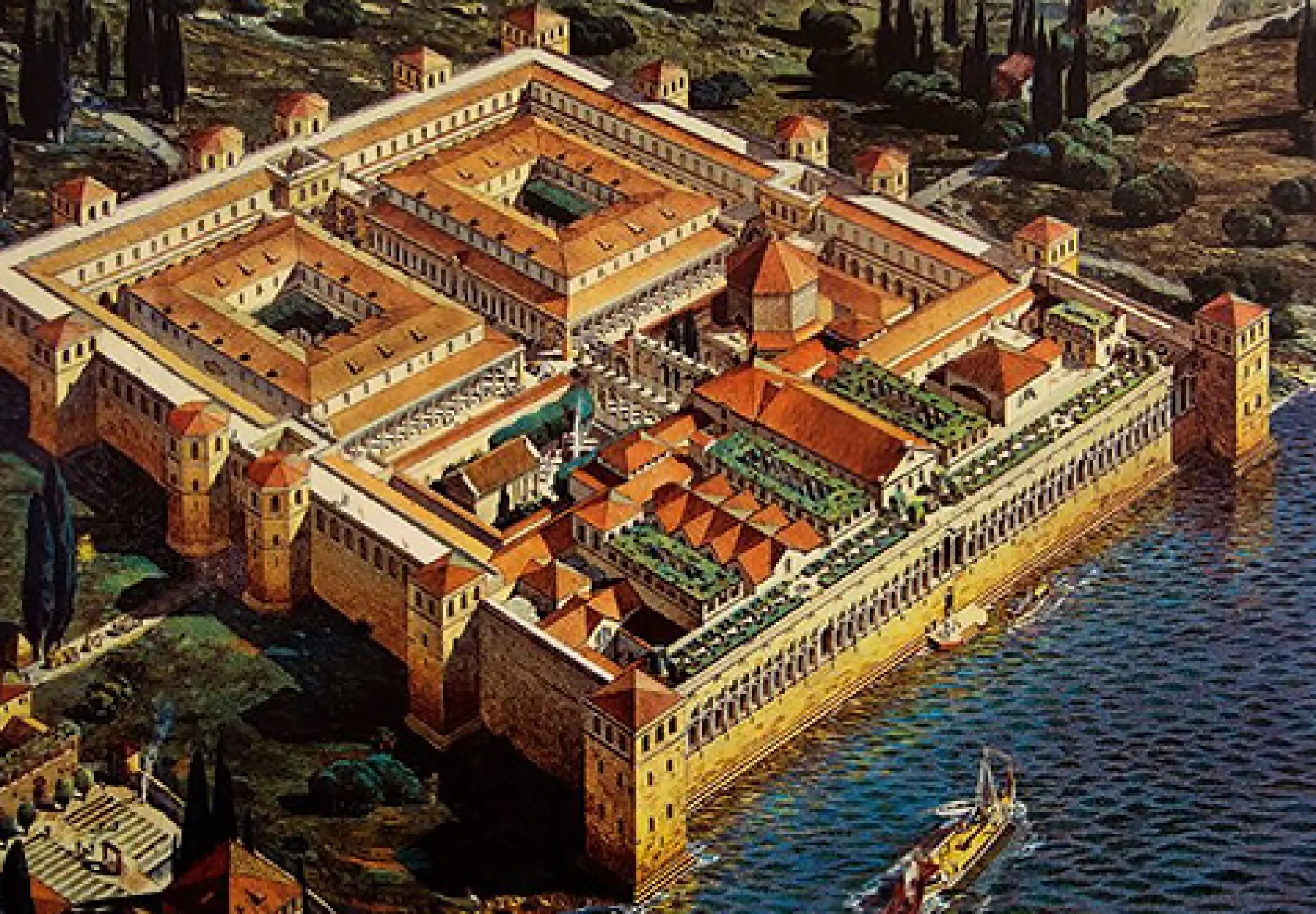
Fact No.6
The Roman emperor Diocletian built his palace in Dalmatia in 305 AD, around which the city of Split, the second largest Croatian city was built.
“The Emperor Gaius Aurelius Valerius Diocletianus (A.D. 284-305) put an end to the disastrous phase of Roman history known as the “Military Anarchy” or the “Imperial Crisis” (235-284). He established an obvious military despotism and was responsible for laying the groundwork for the second phase of the Roman Empire, which is known variously as the “Dominate,” the “Tetrarchy,” the “Later Roman Empire,” or the “Byzantine Empire.” His reforms ensured the continuity of the Roman Empire in the east for more than a thousand years.” (source: Roman emperors )

Fact No.7
It is said, that the White House was built using limestone, quarried on the island of Brač. There are varying opinions regarding the veracity of this claim. The limestone was also used to build Diocletian”s palace, the former Reichstag in Berlin and the Parliament building in Vienna.
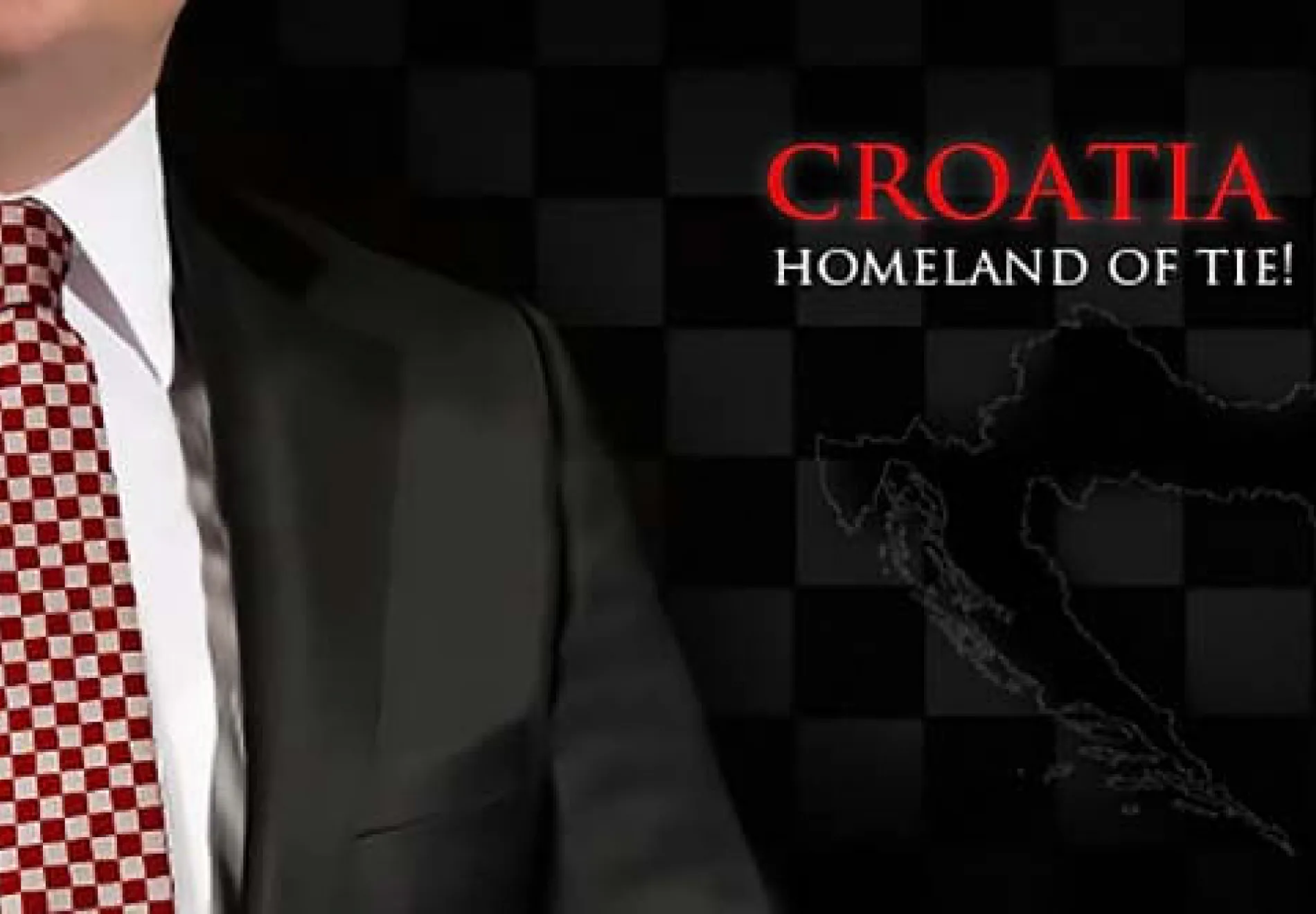
Fact No.8
The neck tie, also called a cravat is a Croatian invention. The term comes from the French term cravate, which was a corrupt French pronunciation of the word Croate.
“What is the history of the cravat? After Turkish attacks, the Croatian Military Boreder was formed and its soldiers were an inexhaustible source for other European battlefields. They participated in the German Thirty Years War (1618-1648) and they were easily recognized because of the scarves around their necks, a predecessor of the cravat. From 1635 Croatian soldiers also served in France and in 1667 a special regiment named Royal Cravates was formed. Common soldiers wore scarves made of coarse materials and officers wore scarves made of fine cotton or silk.” (source: Academia Cravatica). The Croats celebrate Cravat Day on October 18th.
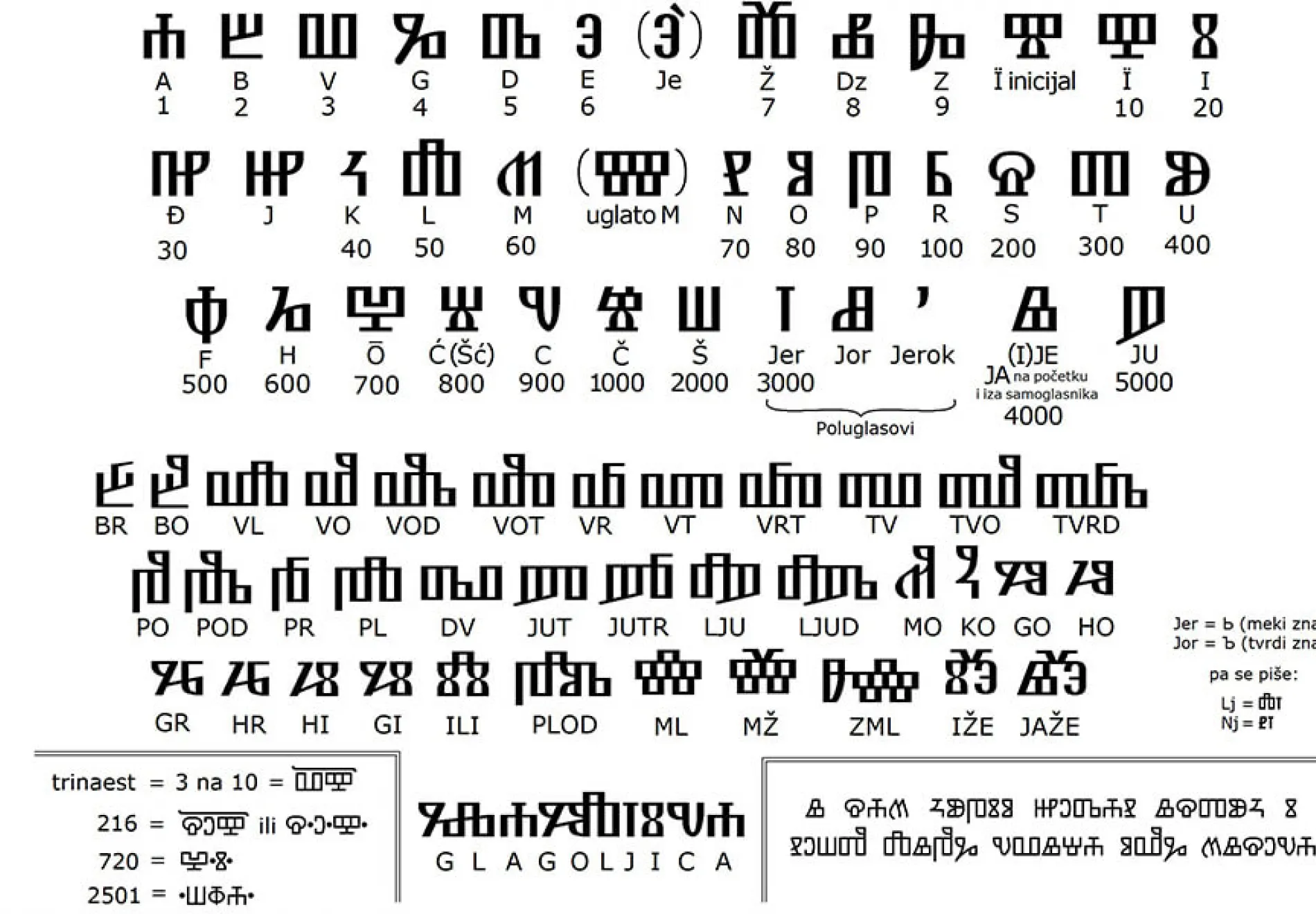
Fact No.9
Croatians used an ancient alphabet called Glagolica (Glagolitic) created in the 9th century, which was still used by some up to the 18th century.
“The Glagolitic alphabet /ˌɡlæɡɵˈlɪtɨk/, also known as Glagolitsa,… …is the oldest known Slavic alphabet from the 9th century. The name was not coined until many centuries after its creation, and comes from the Old Church Slavonic glagolъ “utterance” (also the origin of the Slavic name for the letter G). The verb glagoliti means “to speak”. It has been conjectured that the name glagolitsa developed in Croatia around the 14th century and was derived from the word glagolity, applied to adherents of the liturgy in Slavonic.[1] The name Glagolitic in Bulgarian, Russian, Macedonian глаголица(glagolica), Belarusian is глаголіца (hłaholica), Croatian glagoljica, Serbianглагољица, Czech hlaholice, Polish głagolica, Slovene glagolica, Slovakhlaholika, and Ukrainian глаголиця (hlaholyća).” (source: Wikipedia)

Fact No.10
Croatia”s currency the Kuna is named after the Marten, a small brown furry animal. Their pelts were used as currency in medieval trade.
“During Roman times, in the provinces of upper and lower Pannonia (today Hungary and Slavonia), taxes were collected in the then highly valued marten skins. Hence, the Croatian word “marturina” or tax, derived from the Latin word “martus” (Croatian: “kuna”). The kuna was a currency unit in several Slavic states, most notably Kievan Rus and its successors until the early 15th century. It was equal to 1⁄25 (later 1⁄50) gryvna of silver. “ (source. Wikipedia)
Yachting Insights & Inspiration
Our passion for yachting extends beyond our fleet. The Goolets Blog is our journal of expertise, where we share insider knowledge, travel inspiration, and expert advice to help you dream and plan the perfect charter holiday. Dive deeper into the world of luxury yachting.



